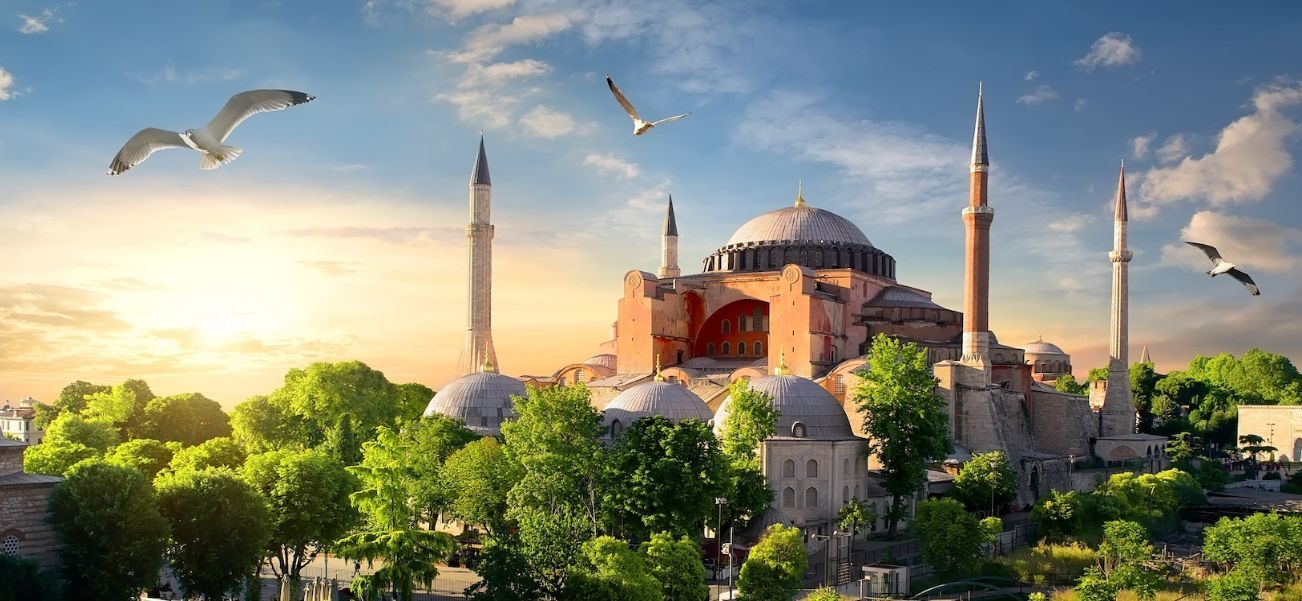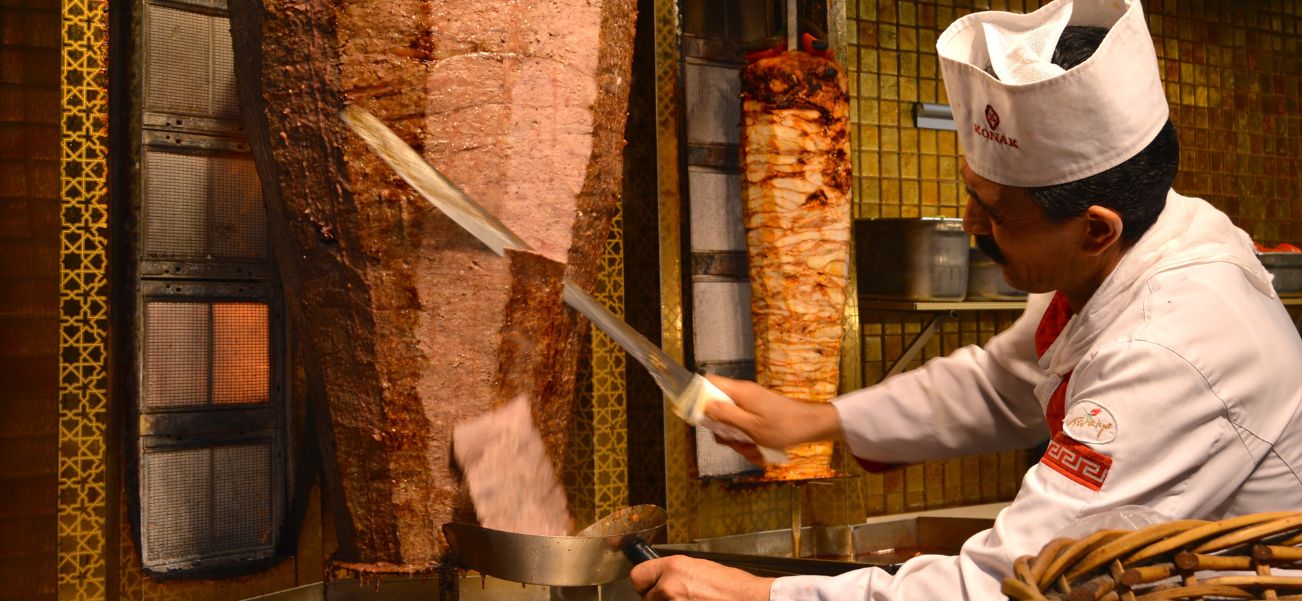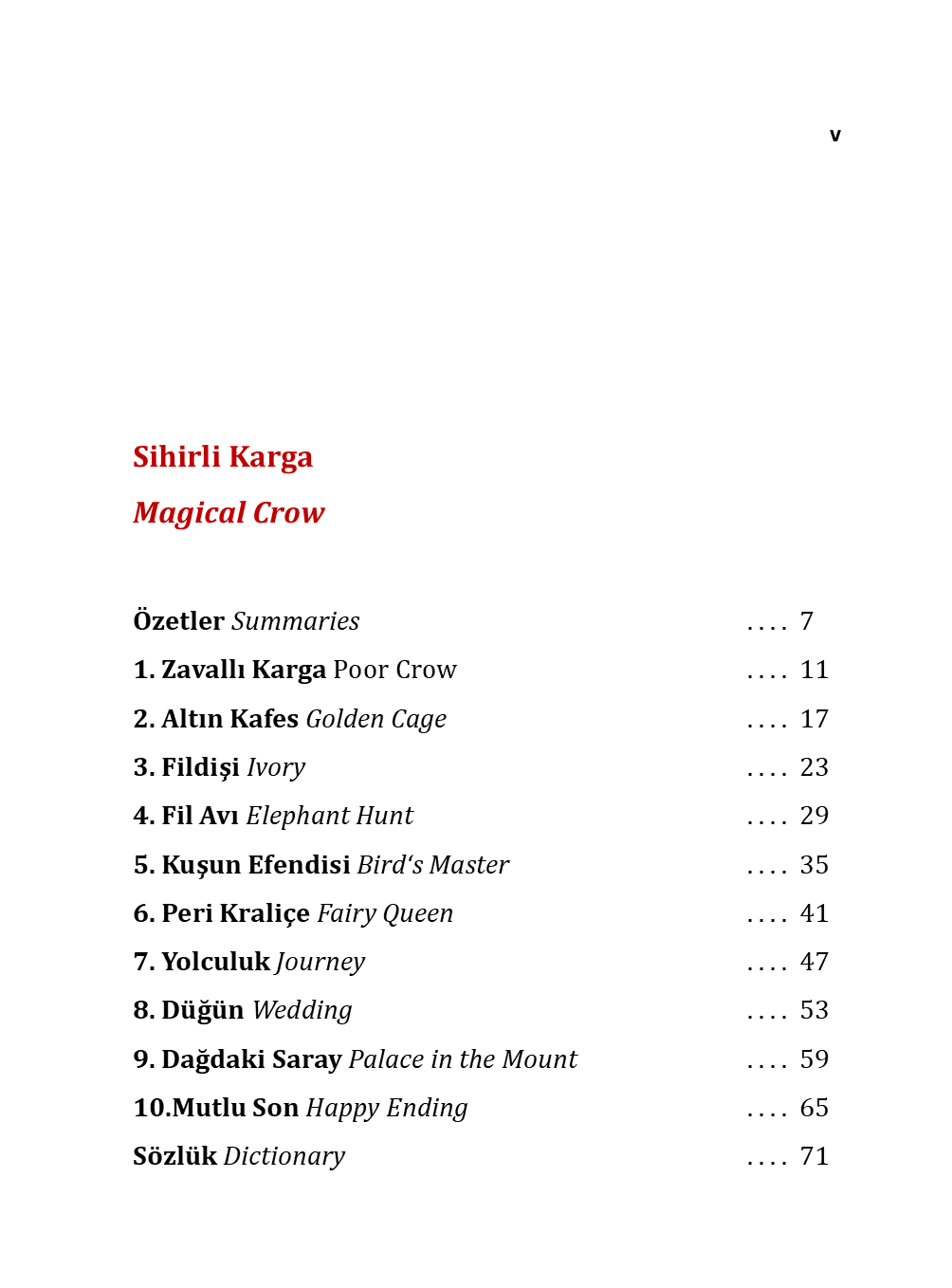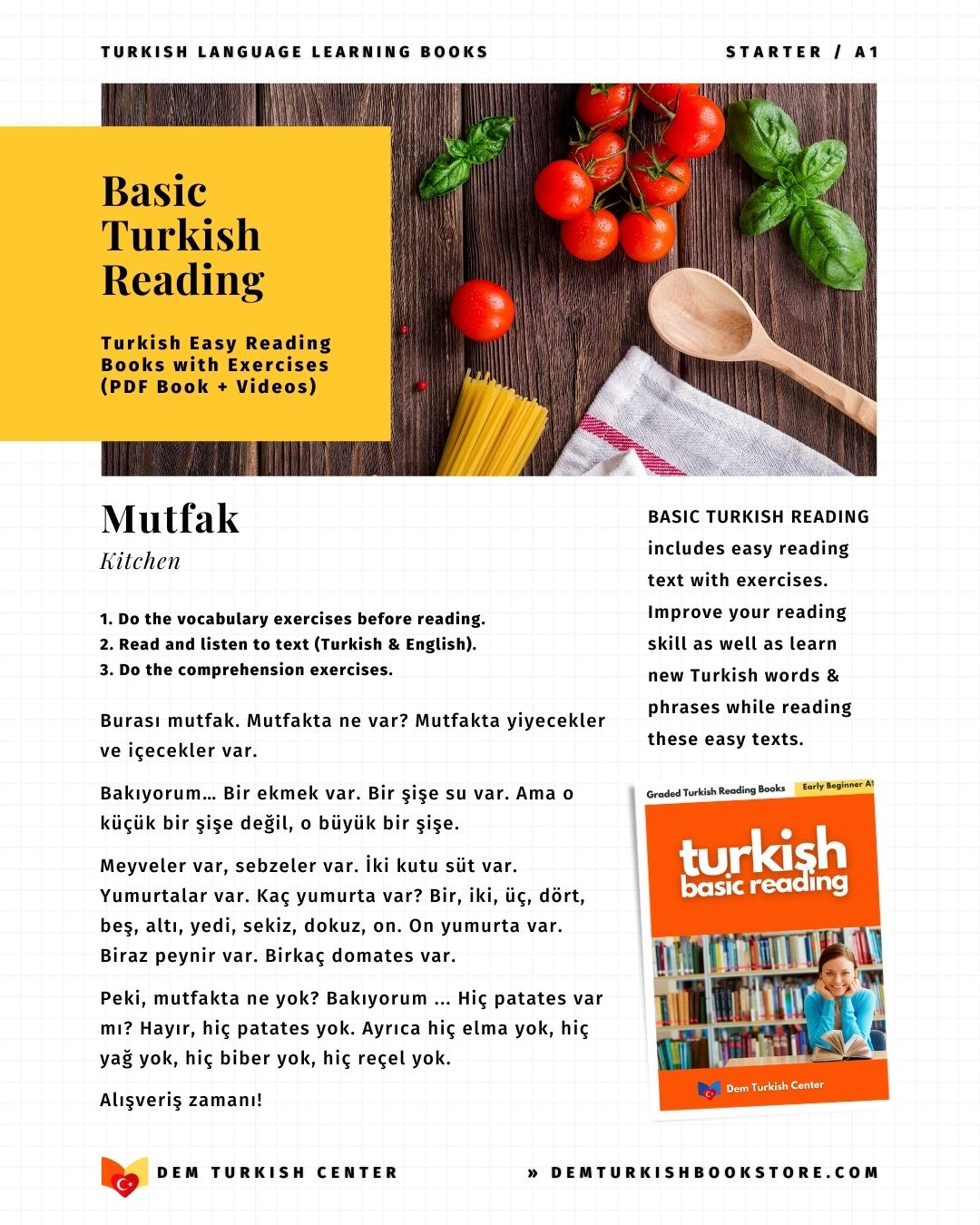
Hagia Sophia: A Timeless Masterpiece in Istanbul
Istanbul, uniquely positioned across two continents, is a treasure chest brimming with history, culture, and architectural wonders. Among its countless iconic sites, Hagia Sophia shines as an enduring masterpiece that has mesmerized visitors for generations. With its fascinating history and breathtaking design, this architectural gem is an essential stop for every traveler to Istanbul.
DISCOVER HAGIA SOPHIA!
In this guide, we’ll delve into the fascinating story of Hagia Sophia, explore its architectural brilliance, and understand why it remains one of the most significant monuments in the world.
Listen to this audio book about the Hagia Sophia, Istanbul's iconic marvel blending Byzantine & Ottoman heritage.
RECOMMENDED READING The Ultimate Istanbul Travel Guide: Discover The Soul Of Two Continents
A Brief History of Hagia Sophia
Hagia Sophia, meaning 'Holy Wisdom' in Greek, boasts a remarkable history stretching back more than 1,500 years. Constructed as a Christian cathedral in 537 AD under Byzantine Emperor Justinian I, it held the title of the world's largest cathedral for almost a millennium. Its creation was a groundbreaking feat, highlighting the brilliance and vision of Byzantine architects.
For more than 900 years, Hagia Sophia stood as the spiritual center of the Eastern Orthodox Church, hosting imperial coronations and countless sacred rituals. Its destiny changed dramatically in 1453 when Sultan Mehmed II and the Ottoman Empire conquered Constantinople (present-day Istanbul). The cathedral was transformed into a mosque, with Islamic elements like minarets, a mihrab, and ornate calligraphy incorporated into its design.
In 1935, under the secular Republic of Turkey, Hagia Sophia was converted into a museum by Mustafa Kemal Atatürk, the founder of modern Turkey. This move aimed to preserve the monument’s dual heritage and ensure it was open to people of all faiths and backgrounds. However, in July 2020, Hagia Sophia was reconverted into a mosque, igniting worldwide discussions about its cultural and religious importance.
The Basilica Cistern: A Hidden Gem Beneath Istanbul
Architectural Brilliance of Hagia Sophia
Hagia Sophia stands as a testament to the extraordinary architectural and engineering skills of its era. Its immense dome, soaring 55.6 meters (182 feet) high, was a groundbreaking engineering achievement in the 6th century. The dome’s design, seemingly floating weightlessly above the nave, is upheld by a system of pendentives and semi-domes, evoking an atmosphere of both grandeur and ethereal lightness.
One of Hagia Sophia’s most captivating features is its masterful use of light. The interior is bathed in natural light streaming through countless windows, creating a divine and ethereal atmosphere. The interplay of light and shadow highlights the intricate mosaics and marble embellishments that grace the walls and ceilings. These mosaics, portraying religious figures and scenes, are celebrated as some of the most exquisite examples of Byzantine artistry.
When Hagia Sophia was converted into a mosque, its interior underwent notable transformations. Islamic calligraphy, including verses from the Quran and the names of Allah, the Prophet Muhammad, and early caliphs, adorned the walls. A mihrab, marking the direction of Mecca, was added, and minarets were built around the structure. While these changes were made, the original Christian mosaics were preserved, though they were concealed during the mosque’s active use as a place of worship.
A Deep Dive into the Ancient Civilizations of Turkey
The Cultural Significance of Hagia Sophia
Hagia Sophia is far more than a structure; it is a profound symbol of Istanbul’s rich and intricate history. Its journey from a cathedral to a mosque and later to a museum mirrors the city’s transformation from a Christian Byzantine capital to an Islamic Ottoman hub and, ultimately, to a modern secular republic. This layered past makes Hagia Sophia a one-of-a-kind monument, representing the intersection of diverse cultures, religions, and civilizations.
The mosaics of Hagia Sophia hold immense significance, offering a window into the artistic and religious traditions of the Byzantine Empire. The Deesis mosaic, for example, portrays Christ with the Virgin Mary and John the Baptist on either side, celebrated for its emotional richness and artistic brilliance. Other mosaics depict emperors, saints, and biblical narratives, each weaving a tale of faith and authority.
The Islamic elements added to Hagia Sophia, including the calligraphy and the mihrab, are just as significant, showcasing the architectural and artistic accomplishments of the Ottoman Empire. The blending of Christian and Islamic features within a single space serves as a poignant reminder of humanity’s shared cultural and historical legacy.
Visiting Hagia Sophia Today
Today, Hagia Sophia continues to be one of Istanbul’s most popular tourist attractions, drawing millions of visitors each year. Whether you’re a history buff, an architecture enthusiast, or a spiritual seeker, Hagia Sophia offers something for everyone.
When visiting Hagia Sophia, take the time to admire its exterior, with its imposing dome and towering minarets. As you step inside, let your eyes adjust to the dim light and take in the sheer scale and beauty of the interior. Look up at the dome and marvel at the intricate mosaics that have survived the test of time. Don’t forget to explore the upper galleries, where you can get a closer look at some of the most famous mosaics.
If you’re visiting during prayer times, be mindful of the mosque’s active use and dress modestly out of respect for the worshippers. Women are required to cover their heads, and all visitors should remove their shoes before entering the prayer area.
Tips for Visiting Hagia Sophia
- Timing Hagia Sophia can get crowded, especially during peak tourist seasons. To avoid the crowds, try to visit early in the morning or later in the afternoon.
- Guided Tours Consider hiring a guide or joining a guided tour to gain a deeper understanding of Hagia Sophia’s history and architecture.
- Photography Photography is allowed inside Hagia Sophia, but be respectful of worshippers and avoid using flash.
- Nearby Attractions Combine your visit to Hagia Sophia with other nearby attractions such as the Blue Mosque, Topkapi Palace, and the Basilica Cistern.
Hagia Sophia is more than just a building; it is a living testament to the enduring legacy of human creativity and spirituality. Its history, architecture, and cultural significance make it a timeless masterpiece that continues to inspire awe and wonder.
Whether you’re standing beneath its majestic dome, admiring its intricate mosaics, or reflecting on its storied past, Hagia Sophia offers a profound and unforgettable experience.
As you plan your trip to Istanbul, make sure to include Hagia Sophia on your itinerary. This iconic monument is not just a symbol of the city’s rich heritage but also a reminder of the shared history that connects us all. Whether you’re drawn by its religious significance, architectural brilliance, or historical importance, Hagia Sophia is sure to leave a lasting impression on your heart and mind.
ARE YOU LEARNING TURKISH LANGUAGE?
Learn Turkish yourself with Dem Turkish Center!














